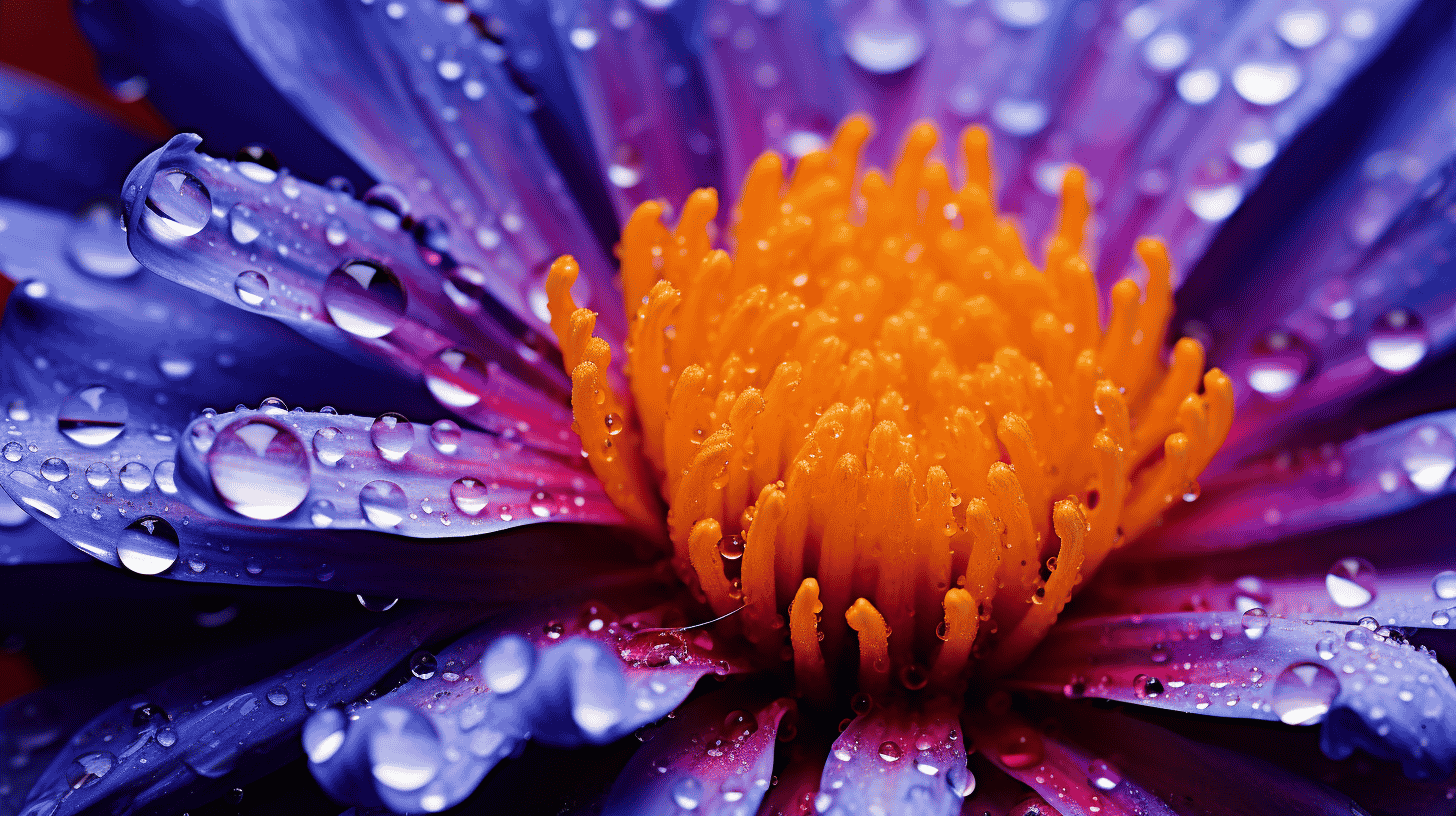Digital cameras with interchangeable lenses have become incredibly popular over the past few years. They provide users with a level of versatility and flexibility that simply isn’t available with standard cameras. In this beginner’s guide, we’ll cover all you need to know before deciding to buy and use digital cameras with interchangeable lenses.
What Are Interchangeable Lenses?
Interchangeable lenses, also known as interchangeable lens cameras, are digital cameras that allow you to swap out the lens to better suit your needs. For example, you could use a wide-angle lens to take sweeping landscapes shots, or a telephoto lens to zoom in on distant subjects.
What Benefits Does Interchangeable Lens Photography Offer?
The versatility of interchangeable lenses is the main reason why many photographers choose this type of setup. A key benefit of having multiple interchangeable lenses is that you can capture different shots without the need to constantly switch cameras. A wide angle lens can produce striking and dramatic landscape shots, whereas a telephoto lens offers the ability to zoom in on far away subjects whilst keeping the image quality intact.
Interchangeable lenses also offer better flexibility when it comes to low-light or night photography. Lens with wide maximum apertures (such as f/1.8, f/2.8 or even faster) allows you to capture better quality shots in dimmer conditions, such as at dusk or in city environments. This is especially beneficial for wildlife or sports photographers, who often capture in low light conditions.
What Should I Look for When Buying an Interchangeable Lens Camera?
- Sensor Size – The sensor is one of the most important elements of any camera. Before you buy a digital camera with interchangeable lenses, make sure to check what size the sensor is. Most cameras will have either an APS-C or full-frame sensor.
- Autofocus System – Autofocus is an incredibly useful tool in photography, allowing you to quickly and accurately focus on your subjects. Make sure to check what kind of autofocus system the camera offers, as this can vary considerably.
- Video Capabilities – Many photographers often use digital cameras with interchangeable lenses to record video as well as take stills. If this is something you’re interested in, make sure to check the camera’s video capabilities.
- Price – Finally, think about your budget. Don’t forget that buying an interchangeable lens camera also means buying lenses and accessories, so make sure to factor these into your budget.
Lens Focal Lengths
Once you have found the right camera, you will need to decide what lenses you need. Different lenses offer different focal lengths, which determines how wide or narrow the field of view of your subjects will be. For example, a wide-angle lens with a focal length of 16mm will produce a much wider field of view than a telephoto lens like a 200mm.
Below is a brief overview of some of the most popular focal lengths:
- Wide Angle (20mm to 35mm) – Wide angle lenses are great for landscape photography, architectural shots, and even street photography. The wider field of view produces an immersive experience for your viewers.
- Standard (35mm to 70mm) – Standard lenses are great for a lot of different types of photography, ranging from street to portraits. Many photographers prefer this focal length, as it provides a natural perspective.
- Telephoto (70mm to 600mm) – Telephoto lenses are most often used for wildlife and sports photography, as the long focal length allows you to zoom in on distant subjects. They also produce a shallow depth of field, which can produce beautiful background blur.
Accessories
Once you’ve got your camera and lenses sorted, don’t forget to consider the other accessories you will need. Most interchangeable lenses cameras require the use of a camera bag or backpack to store the body, lenses, and other peripherals. A filter is also useful to protect your lenses from dirt, dust and moisture. Finally, a tripod is essential for long exposures, and can also help with shooting in low light.
Conclusion
Interchangeable lens cameras offer a level of versatility and flexibility that simply isn’t available with point-and-shoot or DSLR cameras. With the right lenses, you can capture stunning photos and videos across a range of shooting conditions. Hopefully this guide has provided you with enough information to help you decide if this type of camera is right for you.




0 Comments